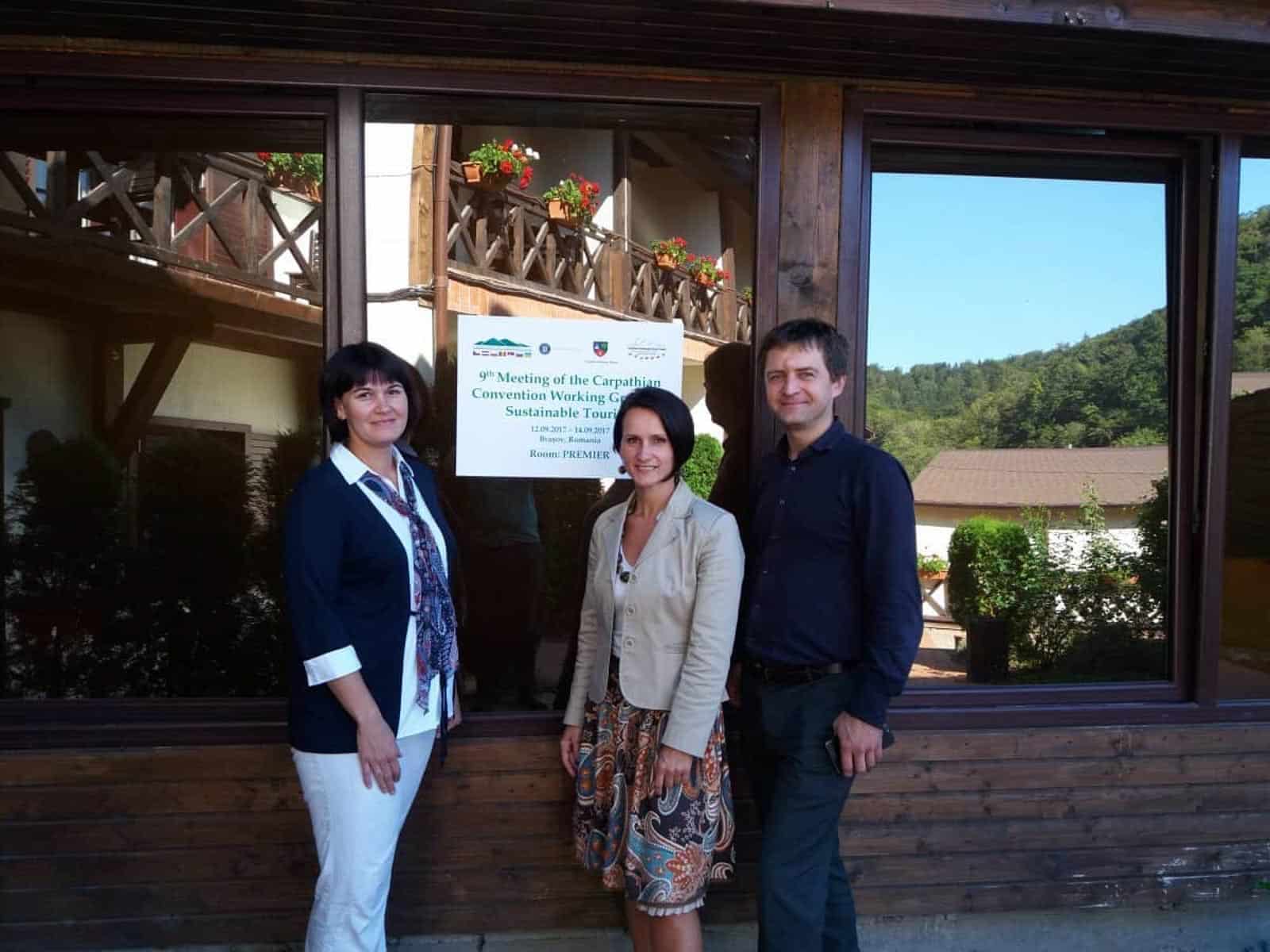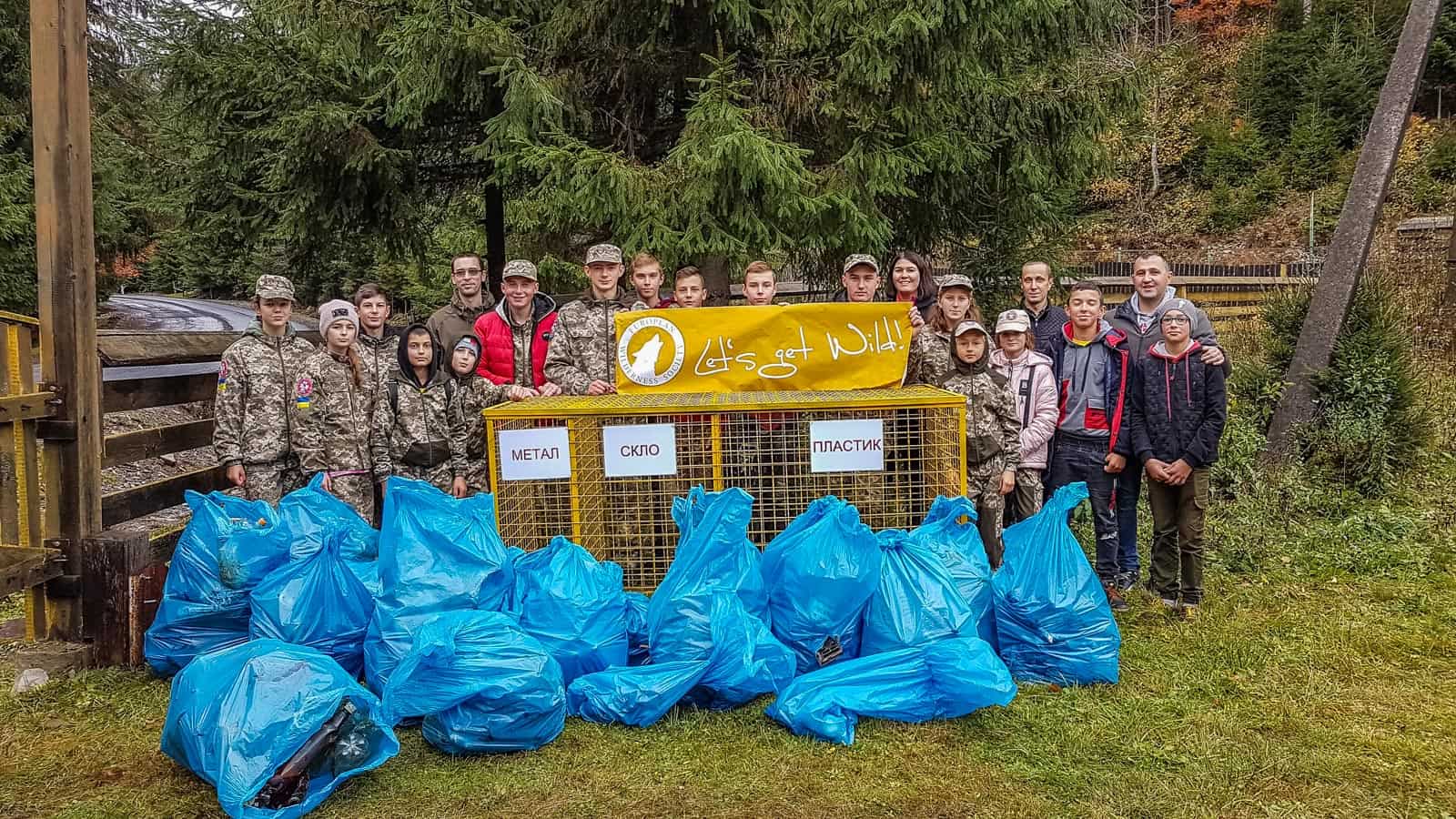Transhumance in Stilf Valley, Italian Alps
Transhumance is a form of pastoralism or nomadism organized around the migration of livestock. The animals are moving between mountain pastures in warm seasons and lower altitudes the rest of the year. It is traditional practice of seasonal livestock migration that has been a part of Italian Alpine culture for centuries. Good example of such tradition is Stilf Valley in Italian Alps.
During the summer months, farmers from the lower valleys lead their herds of cows, sheep, and goats up to high altitude pastures known as “alpages” or “malghe” to graze on the fresh grasses and herbs. This allowed the animals to fatten up and produce more milk and cheese.
What is reason for transhumance
The primary reason for transhumance in the Italian Alps was the need for seasonal grazing. The valleys in the Italian Alps were used for agriculture and farming during the summer months. That activities left little space for grazing livestock. As a result, farmers would move their animals to higher pastures in the mountains where there was an abundance of fresh grass, herbs, and water.
The practice of transhumance also allowed the lower valleys to rest and recover from overgrazing, preventing soil erosion and preserving the biodiversity of the region. Additionally, the high altitude pastures provided a more favorable environment for the livestock. That was important particularly during the summer months, as the cooler temperatures and fresh air helped to prevent the spread of animal disease and parasites.
Cultural and economic significance
Transhumance also had cultural and economic significance. The practice helped to foster a sense of community among the farmers who would work together to move their animals up and down the mountains. It also allowed them to produce high-quality dairy products, which became an important source of income for many families.
Benefit of transhumance in Italian Alps
Transhumance has several benefits. Firstly, it provides seasonal grazing for livestock, which allows farmers to produce high-quality dairy products such as cheese, butter, and yogurt.
Secondly, transhumance helps to preserve the biodiversity of the region by preventing overgrazing and soil erosion in the lower valleys. It also contributes to the maintenance of traditional cultural practices and fosters a sense of community among farmers.
Lastly, transhumance has become an important aspect of the region’s tourism industry, as visitors can participate in transhumance activities and taste the delicious cheese and other products made from the animals’ milk.

History of transhumance in Italian Alps
The practice of transhumance has been a part of Italian Alpine culture for centuries, dating back to the Middle Ages. However, it was during the 16th and 17th centuries that transhumance became more organized and regulated by local authorities. The movement of livestock was controlled by seasonal migration permits and agreements between farmers from different regions.
Today, transhumance continues to be practiced in some parts of the Italian Alps, particularly in the regions of Piedmont, Lombardy, Trentino-Alto Adige, and Veneto. This activity has become an important part of the region’s cultural heritage and tourism industry.
Visitors accept the transhumance
Visitors to the Italian Alps generally have a positive view of the current transhumance practices. Many appreciate the opportunity to witness a traditional way of life that has been passed down for generations.
The ability to participate in transhumance activities, such as hiking with the herds or helping with the milking and cheese-making process, has become a popular tourist attraction. Visitors also appreciate the chance to taste the high-quality dairy products that are produced as a result of transhumance.
Overall, transhumance has become an important aspect of the region’s tourism industry, attracting visitors from around the world who are interested in experiencing the unique cultural and natural heritage of the Italian Alps.
Transhumance in Stilf Valley
The Stelvio/Stilfser Valley in Italian Alps is located in the province of South Tyrol in the Italian Alps. The area is well known for its long-standing tradition of transhumance. The valley is home to numerous alpine pastures, where farmers bring their livestock to graze during the summer months.
The Stilfser Joch National Park, which encompasses the valley, has implemented measures to support sustainable transhumance practices and preserve the unique cultural and natural heritage of the region.
Visitors to the Stelvio/Stilfser Valley can experience transhumance first hand by participating in activities such as hiking with the herds, learning about traditional cheese-making techniques, and tasting the local dairy products.
In these days, people living at the foot of the Stilf Valley bring cattle to the mountains. It is part of a long tradition in this region. For local people, today, as it was in the past, it is a reason to celebrate. For the public, this is an additional reason to visit the area.









